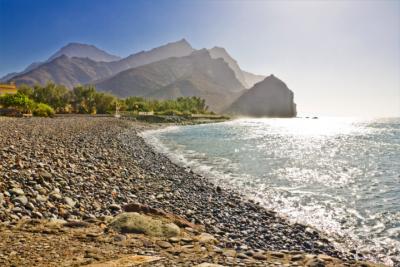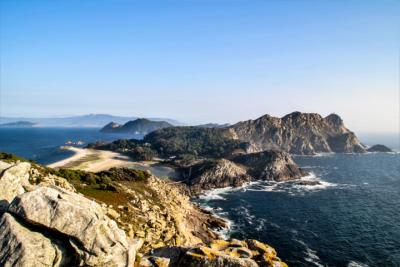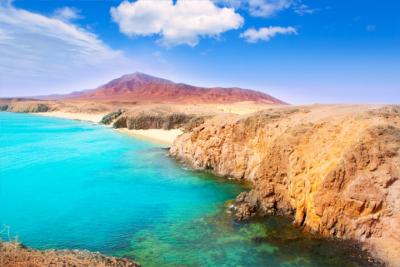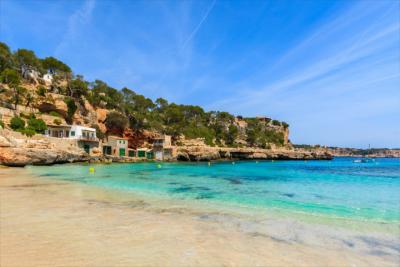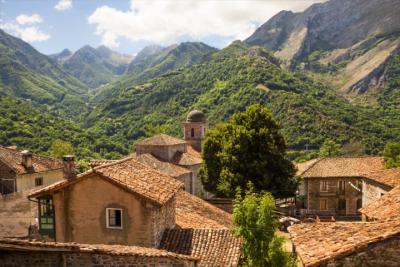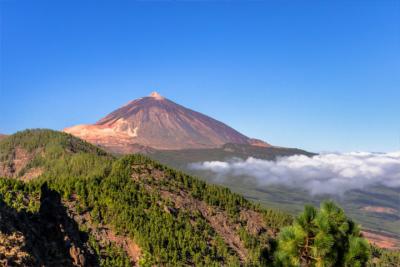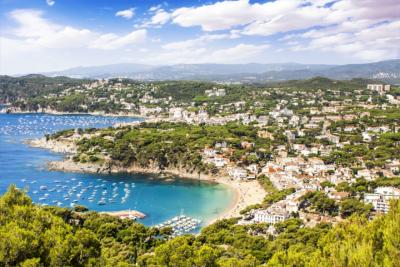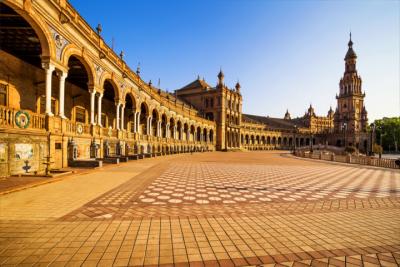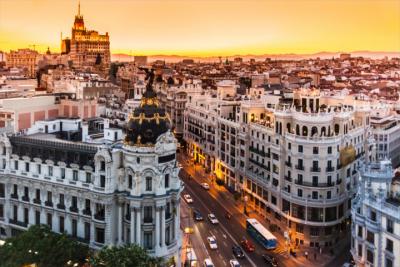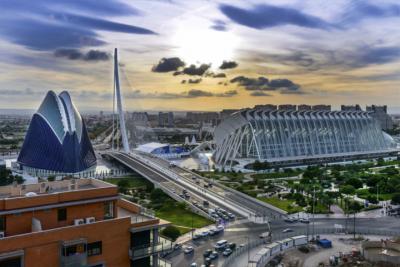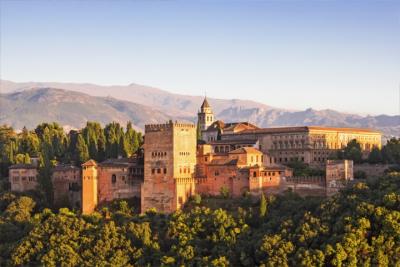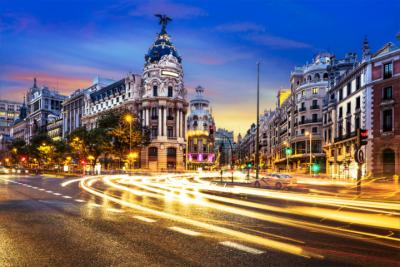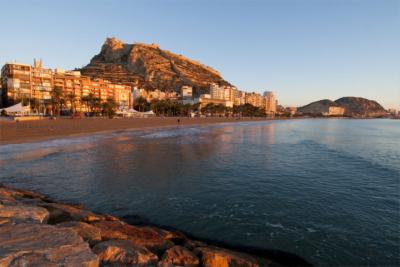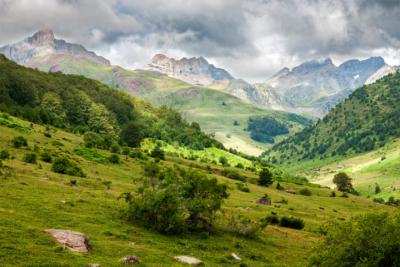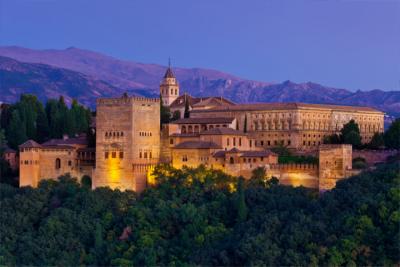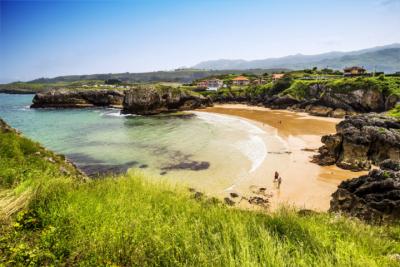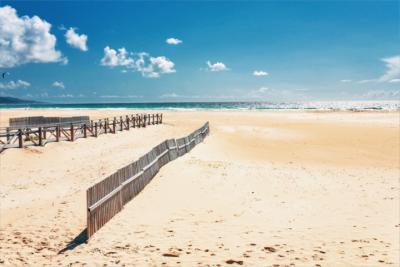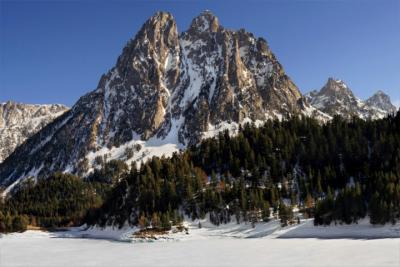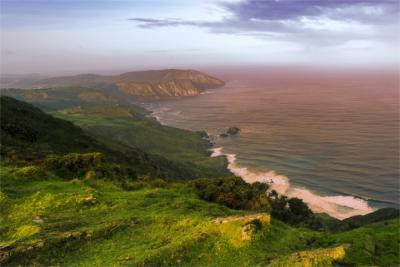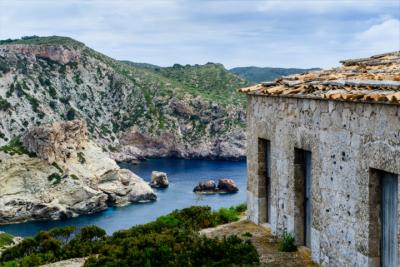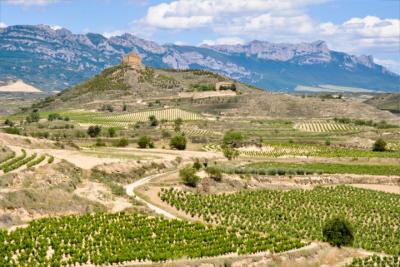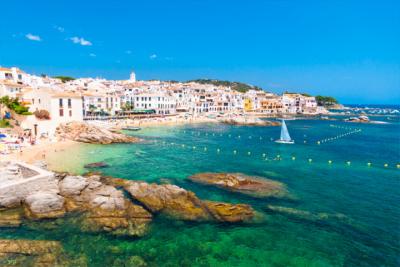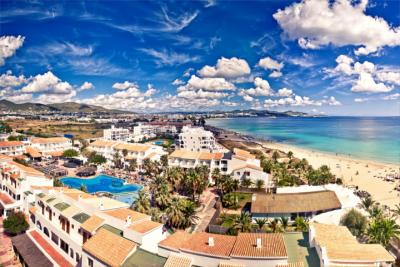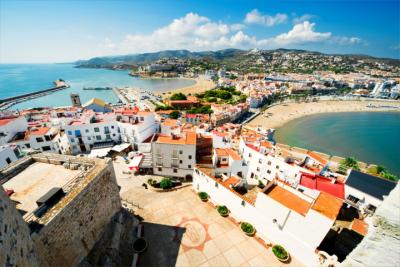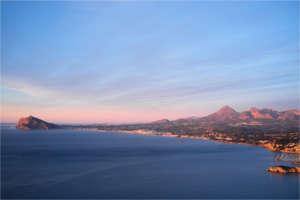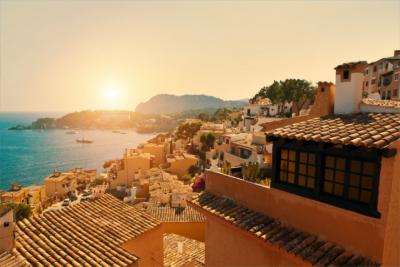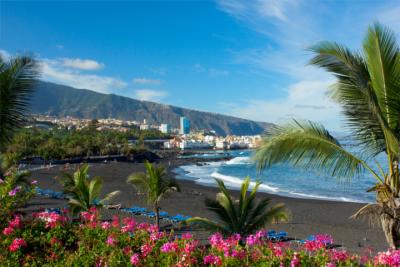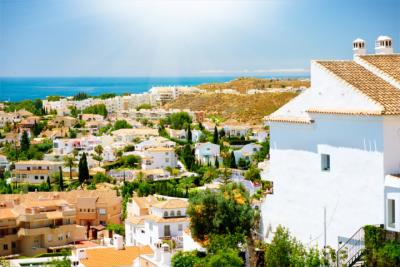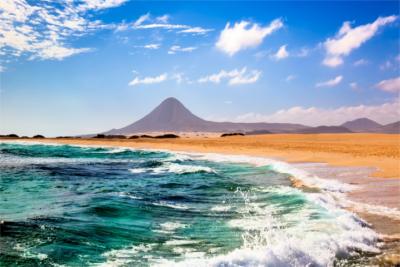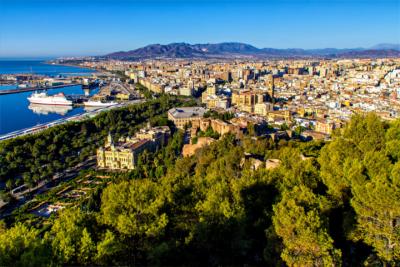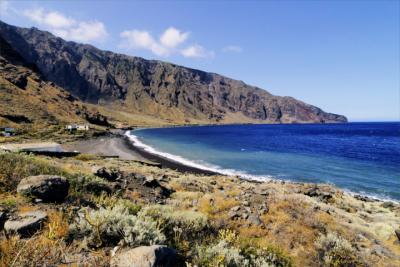Travel Offers
Travelmyne Featureprint
Distance
Costa Brava – A Wild Coast with Mediterranean Atmosphere
Wonderfully harsh parts of coast, crystal clear water, romantic bays, long sandy beaches and idyllic fishing villages characterise the Costa Brava. In addition to the great variety of leisure activities and culture as well as the lively nightlife, the "Wild Coast" is the ideal holiday destination for many travellers.
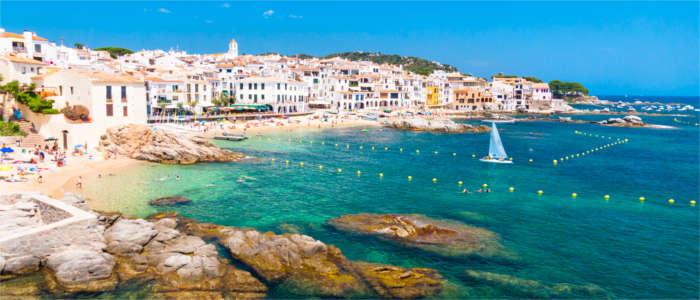
Geography - 220 kilometres of coast at the Mediterranean Sea
The Costa Brava ("Wild Coast") is a shoreline at the Spanish Mediterranean coast in the autonomous community of Catalonia and one of Spain's most popular holiday destinations. It is about 220 kilometres long and extends south of the Pyrenees to the mouth of the river Tordera near the town of Blanes. The cultural metropolis Barcelona is about 60 kilometres away from the Costa Brava. The mild maritime climate causes warm summers and mild to cool winters. Due to the tramuntana (northern wind) coming from the Pyrenees, spring and autumn can be quite stormy.
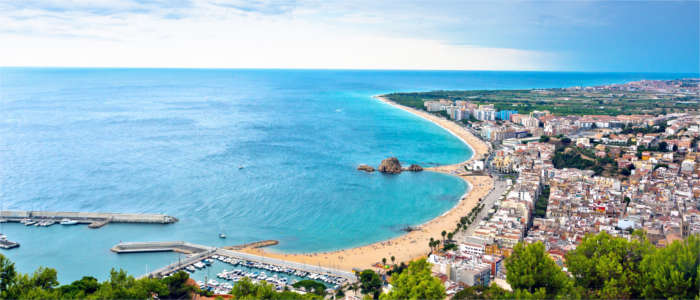
Nature - Rocky coasts, scenic bays and Mediterranean vegetation
The Costa Brava lives up to its name. Rugged and rocky parts of the coast with small fishing villages, idyllic bays, rocky and sandy beaches as well as turquoise blue sea water characterise the scenery. The area at the Cap de Creus, Catalonia's easternmost point, at the Cap de Begur and between Sant Filiu de Guíxols and Tossa del Mar is especially wild. From the holiday resort Lloret de Mar on, the landscape become flatter before it changes into the neighbouring Costa del Maresme. The vegetation mainly consists of pine, cork oak and acacia groves, genista shrubs and wild herbs such as rosemary and thyme. As a result of several clearings and dry summers, there are only a few forests. The fauna also suffered from these conditions, so that foxes, lynxes, wildcats, boars and reptiles live reclusively. You find worthwhile natural parks at the Costa Brava at the Cap de Creus (Parque Natural Cap de Creus), near the Pyrenees (Parque Natural de l’Albera ) and close to Empuriabrava (Parque Natural de las Marismas del Ampurdán).
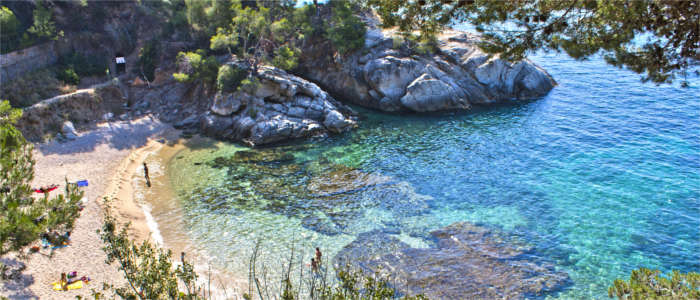
Culture - Ancient ruins, medieval towns and idyllic fishing villages
The name "Costa Brava" was first used by the journalist Ferran Agulló in the magazine La Veu de Catalunya in 1908. He was trying to describe the rural and picturesque landscape in the north of Catalonia. The Costa Brava has been a popular tourist destination since the 1930s - or at the latest since the 1950s and 60s. But it is not only the wonderful beaches and the scenic bays which attract many travellers. The wild, untouched coast also offers culture. Popular travel destinations are the Dalí Theatre and Museum in Figueres, Girona's historical old town, the ruins of Empúries and the ruin of the Monastery of Sant Pere de Rodes. Other highlights are the art nouveau villas, the port and the monastery in Sant Feliu de Guíxols, the medieval wall in Tossa de Mar, Pals' old town and the fishing village Cadaqués. The latter is one of the most important locations at the Costa Brava, which inspired world-famous artists like Dalí with its Mediterranean centre. In addition, there is a variety of museums and art galleries (e.g. Casa-Museo de Salvador Dalí).
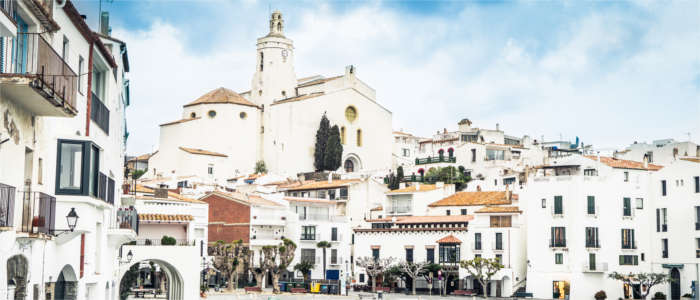
Experience - Wild parties and meaty fish dishes
The Costa Brava offers a lively and exuberant nightlife. People party in numerous clubs, bars and discos in towns like Lloret de Mar, especially in summer. Travellers can experience the Catalan cuisine in all its facets at the Costa Brava. Fish and seafood are important ingredients for many dishes. Local delicacies are the mar y montaña ("sea and mountains") dishes, which deliciously combine fish and meat, for example chicken with giant prawns or paella mixta (with seafood and chicken).
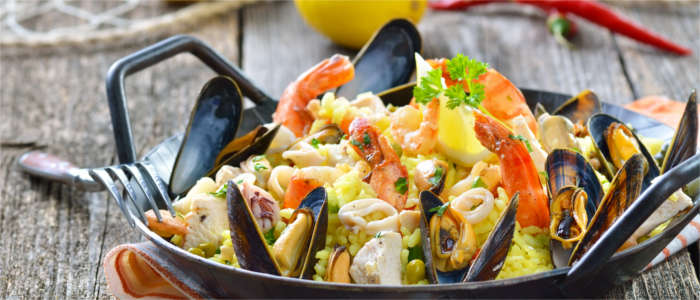
Activities - Surfing in Platja d'Aro as well as diving and hiking at the Cap de Creus
The Costa Brava is a paradise for water sports fans and sun-worshippers. The many beaches offer excellent conditions for divers (Illes Medes, Cap de Creus), surfers (Roses, Palamós, Platja d'Aro), sailors, swimmers and canoeists. Holidaymakers can also use a motorboat, yacht or Jetski as there are several marinas at the "Wild Coast". Hikers can enjoy a number of signposted hiking trails, for example in the Cap de Creus Natural Park. Other leisure activities which are possible at the Costa Brava are tennis, horseback riding and golfing.
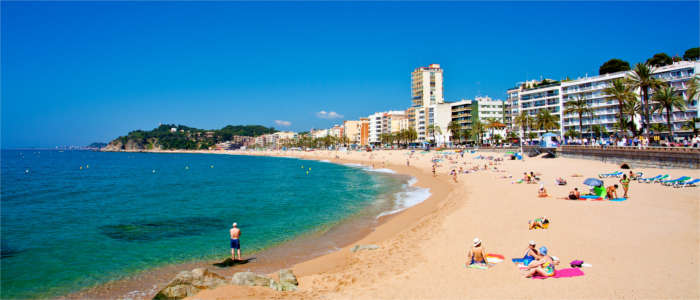
Information
The months from June to September are perfect for holidays at the seaside at the Costa Brava. However, travellers should note that July and August are peak season, so that the coast may be overcrowded at that time. Autumn and spring, on the other hand, are excellently suited for going hiking and exploring the surrounding towns and villages.
The Costa Brava is a true paradise for water sports fans and sun-worshippers. Especially the summer months are ideal for all travellers who want to experience the perfect holiday atmosphere of sun, sea, beach and relaxation in a Mediterranean environment.


